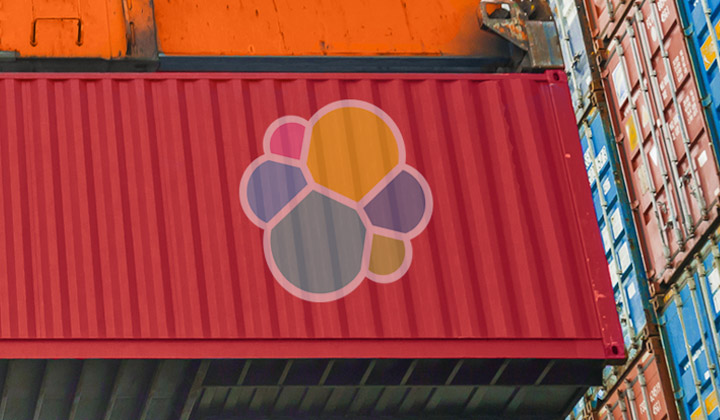


Author
Articles by Dimitrios Liappis
Software Engineer, Elastic
Dimitrios Liappis is an Infrastructure Engineer at Elastic. He holds B.S. in Computer Science and M.S. in Computer Networks, still remembers Linux in the v1.2 days, and enjoys learning new ways to automate all things infra. Before joining Elastic, he held various roles in Managed Services and Telecoms.

Benchmark-driven optimizations — How we pushed scalability to the next level in Elasticsearch 8
Elasticsearch 8 enables scaling the number of shards in a cluster beyond what has been possible. Built on a foundation of new benchmark infrastructure, these advances protect from regressions and provide rigorous data on how Elasticsearch can scale.

Canonical, Elastic, and Google team up to prevent data corruption in Linux
While testing a new Elastic Stack feature we discovered a Linux kernel bug affecting SSD disks on certain Linux kernels. Learn how the investigation involved a great collaboration with two close partners: Google Cloud and Canonical.


Sign up for Elastic Cloud free trial
Spin up a fully loaded deployment on the cloud provider you choose. As the company behind Elasticsearch, we bring our features and support to your Elastic clusters in the cloud.






